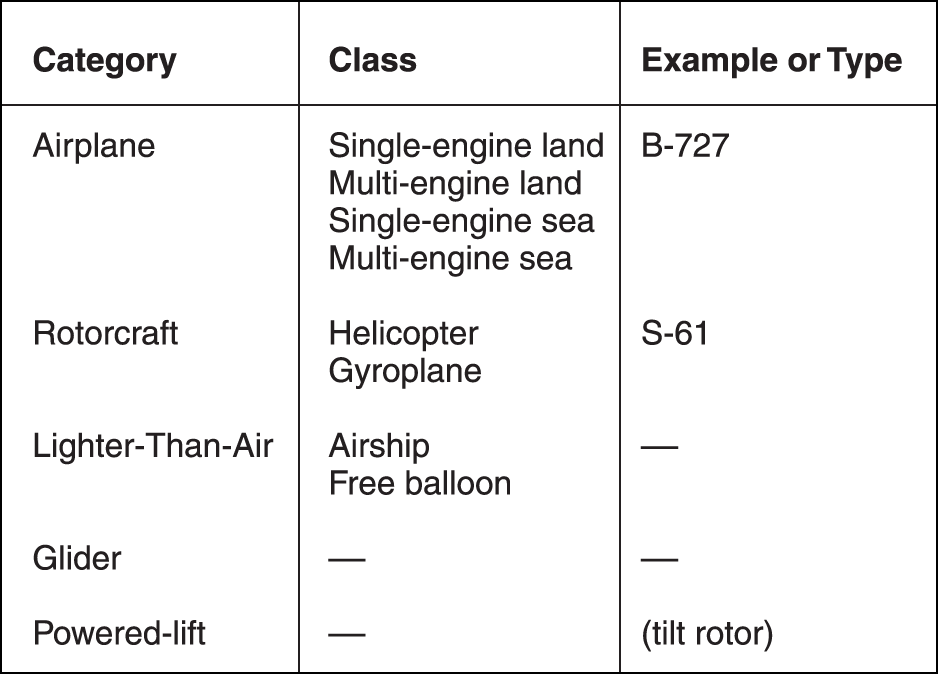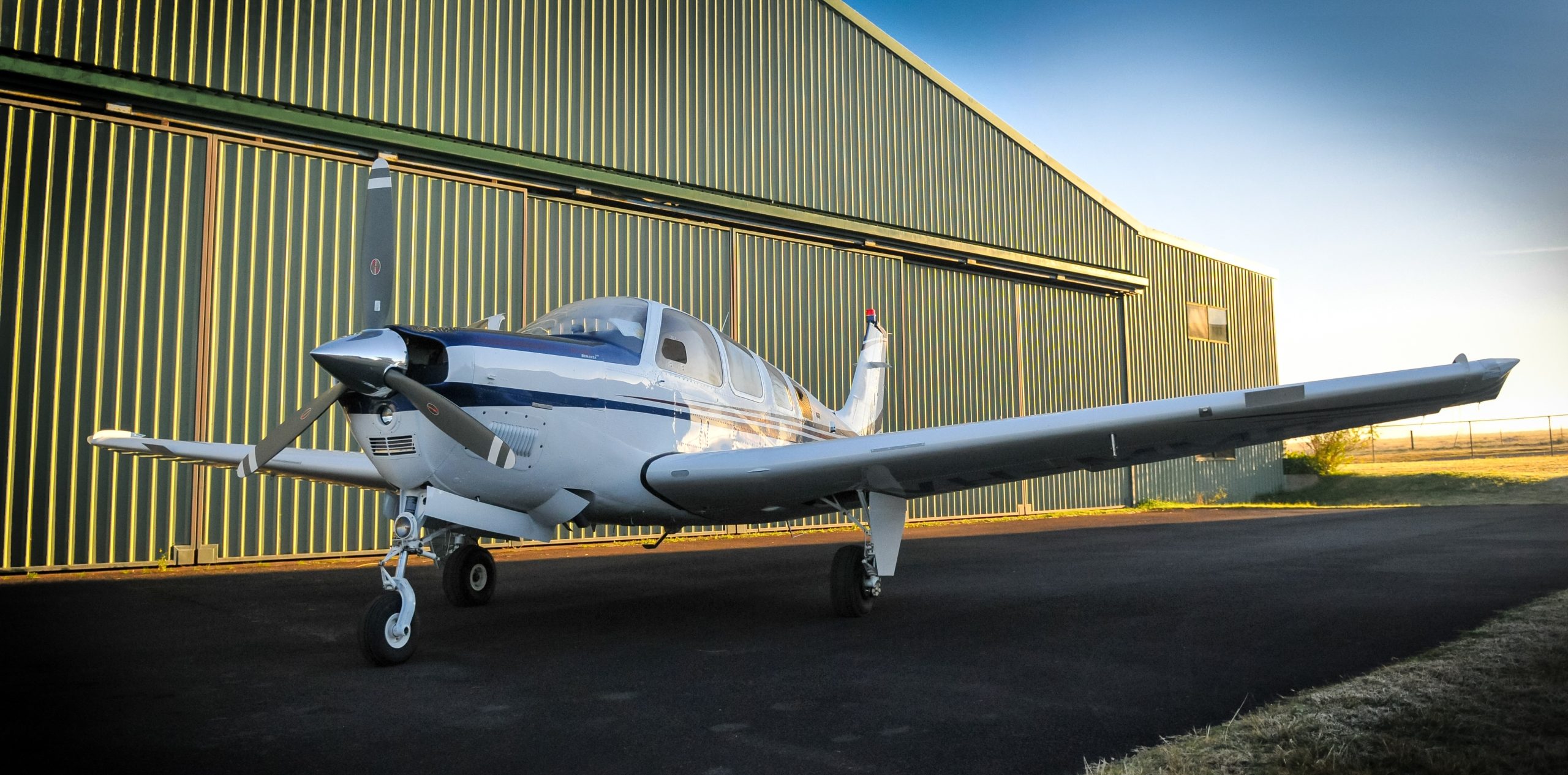Getting started with your flight training and curious about the differences between ratings? As per 14 CFR 61.5, there are seven pilot certificates: student, sport pilot, recreational, private, commercial, airline transport pilot, and flight instructor. This summary comes from Bob Gardner’s The Complete Private Pilot. The definitive compendium of all federal regulations pertaining to pilots in the United States is ASA’s FAR/AIM.
Student Pilot: Limited to solo or dual (instructional) flights only.
Sport Pilot: Sport pilots are limited to flying airplanes certificated as light sport aircraft: single engine, no more than two seats, 120 knots maximum cruise speed, 1,320 maximum gross weight, daytime only, with at least three miles visibility while maintaining visual contact with the ground. Maximum authorized altitude is 10,000 feet MSL or 2,000 feet AGL, whichever is higher. Sport Pilot certificates do not list category or type…all you need is an instructor’s endorsement that you have received ground and flight training in order to operate another category or class of light sport aircraft.
Recreational Pilot: Can carry only one passenger. Must receive additional instruction and endorsements to fly beyond 50 nm of the airport at which the pilot has received flight and ground instruction. Limited to a single engine of less than 180 hp and fixed landing gear. Cannot fly where radio communication is required. Cannot fly at night or internationally. Some of these restrictions can be removed with additional training and logbook endorsements.
Private Pilot: May carry passengers or cargo, day or night, as long as no charge is made. Is permitted to share expenses with passengers. May fly in conjunction with employment if flying is only incidental to the employment.
Commercial Pilot: May fly for compensation or hire. Must also meet requirements of Part 135 to fly as air taxi pilot.
Airline Transport Pilot: May fly as pilot-in-command on an airline flight or on a multiengine scheduled commuter flight.
A certificated flight instructor can give both flight and ground instruction under the conditions stated in 61.193 and 61.195. A flight instructor certificate must be renewed every 24 calendar months.
Your certificate will carry a category and class rating such as Airplane: Single Engine Land. You cannot carry passengers unless you hold the appropriate category and class ratings, and an instrument rating is required for instrument flight rules (IFR) whether you are carrying passengers or not. You can begin training for the instrument rating as soon as you receive your private pilot certificate; there is no minimum flight time requirement. The figure below shows the categories and the applicable class ratings.

Look for Part II of our CFI’s post on the three pitot-static instruments and their operation on Thursday!





